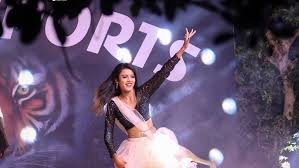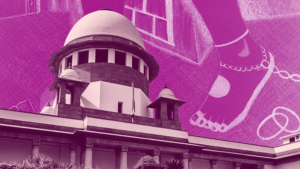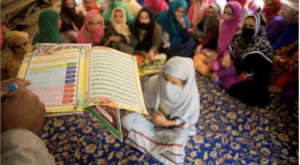On September 14, Soniya Gaikwad, 25, was at the office of a district dance association in Kolhapur when she got a call from the Karveer tehsil police station to present herself. “I did not know what to do. At first I thought of not going but I reached there around 5:30 pm,” Soniya told Behanbox over a phone call.
Over the next four hours, she was made to sign some papers, submit photographs and answer questions about her performance the previous night. With over 32,000 followers on Instagram, Soniya is a well-known dancer from Kolhapur and like many other dancers, earns a livelihood by performing at events, especially during the festive season.
On September 13 evening, she and three other dancers had performed at a mandal association in Mharul village, around 17 km from Kolhapur city. By 12:30 am, an FIR was filed against Soniya, the three other dancers and the organisers for displaying “obscene gestures” and for not having the necessary permissions to hold the event.
When asked how they define “obscene”, Police Inspector Kishore Shinde of Karveer Police Station told Behanbox that there were police personnel at the location and they were in possession of a video recording of the performance where this alleged obscenity was “apparent”.
Soniya refutes these allegations. “They have not shown me any video so far despite me asking how they have determined this. I have not even been given the copy of the FIR or informed of the sections that have been filed against me,” she said.
Behanbox accessed the copy of the FIR and found that Soniya is the first accused and the case has been filed under sections 126(2) and 296 of Bharatiya Nyaya Sanhita (BNS) and sections 110, 131, 33(r) of Maharashtra Police Act (MPA). The BNS sections are for wrongful restraint and obscene acts and songs in public places while the MPA sections are related to traffic regulation, contravention of rules and behaving indecently in public.
In October 2023, the Bombay High Court had passed a judgement that clearly stated that wearing short skirts, dancing provocatively or making gestures that the police officials consider “obscene” cannot be termed obscene acts under the law.
This is an attempt to criminalise an artist, said Soniya. Obscenity as a crime is a facet of the colonial-era legislations and is till date without any clear legal definition. The BNS mentions the word 12 times but provides no clarity on what it means. The marathi term “ashlil”–meaning obscene or vulgar–has been routinely used to brand performers, especially those belonging to Dalit communities.
In her book, The Vulgarity of Caste, historian Shailaja Paik writes about how the term prevents performers of Tamasha (a popular form of public theatre practised predominantly by Dalits) from translating their economic and cultural successes into the symbolic capital of respectability. This is the same term that is mentioned multiple times in the FIR against Soniya and other dancers and also in the list that the association released.
This is not the first crackdown by the moral police on dancers. In 2005, the Maharashtra Police Act was amended and used to shut down dance bars in Mumbai citing that ‘indecent, obscene and vulgar’ performances are ‘giving rise to exploitation of women’ and ‘depraving public morality (sic)’. What followed was decades-long legal battle which culminated in a Supreme Court order that deemed these laws as unconstitutional and called the provisions “an unreasonable restriction on the right to freedom of profession”.
The dancers in Kolhapur who we interviewed said that beyond the legal challenges, the case has also led to loss of employment, debt and harassment.





